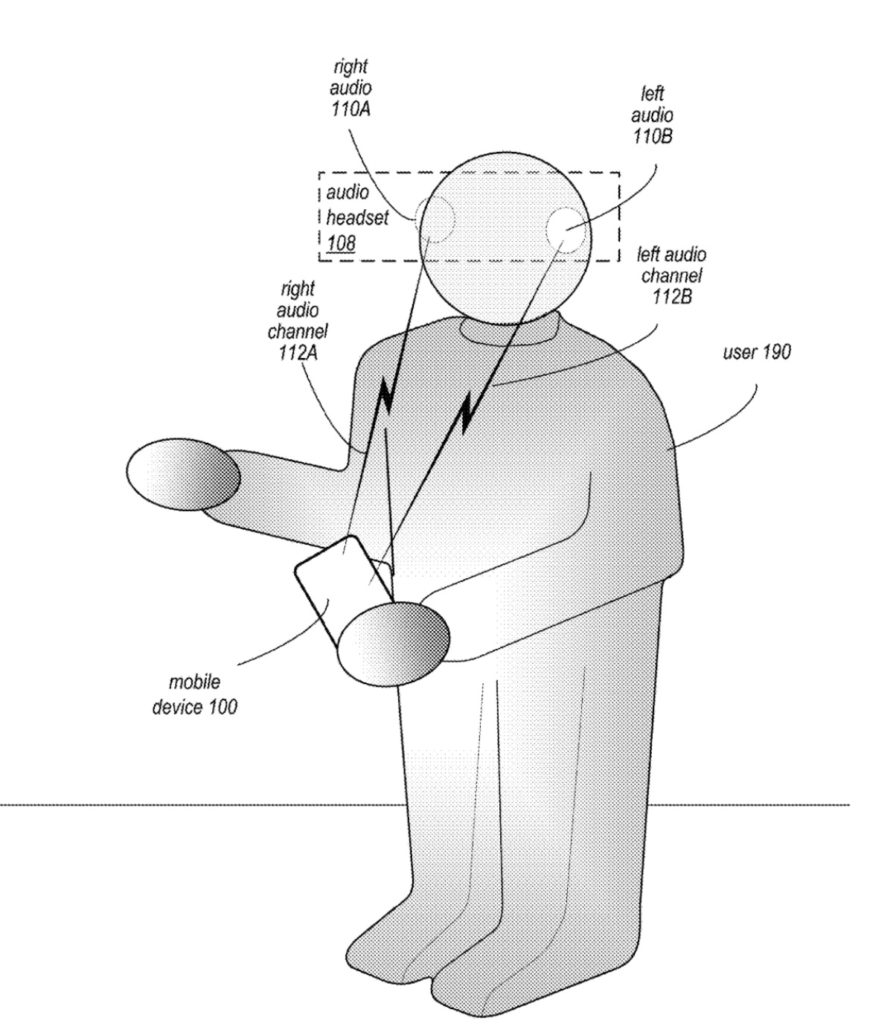A newly granted patent shows that Apple wants users of its devices such as the iPhone, iPad, Vision Pro, and AirPods to be able to navigate via spatial audio.
About the patent
Apple says Spatial Audio gives artists the opportunity to create immersive audio experiences for their fans with true multidimensional sound and clarity. Dolby Atmos is an immersive audio experience that enables artists to mix music so the sound comes from all around and from above. In the patent — dubbed “Spatial Audio Navigation” — Apple says that navigation applications for devices including but not limited to mobile multipurpose devices and vehicle A/V systems provide visual cues and/or vocal directions such as “turn left” or “turn right” to direct users to destinations.
In the case of mobile multipurpose devices such as smartphones and tablet/pad devices, navigation applications may be used when walking or riding a bicycle to guide a user on a path through a city, park, etc. using visual cues and/or vocal directions. A mobile multipurpose device navigation application may also be used in a vehicle, either directly through the mobile multipurpose device or through an interface to the vehicle’s A/V system, to direct a user to a destination while driving using visual cues and/or vocal directions.
When it comes to virtual reality (VR) devices, they allow users to experience and/or interact with an immersive artificial environment, such that the user feels as if they were physically in that environment. Apple wants users of the Vision Pro to be able to use spatial audio to navigate in their physical environment.
Summary of the patent
Here’s Apple’s abstract of the patent: “Methods and apparatus for spatial audio navigation that may, for example, be implemented by mobile multipurpose devices. A spatial audio navigation system provides navigational information in audio form to direct users to target locations. The system uses directionality of audio played through a binaural audio device to provide navigational cues to the user.
“A current location, target location, and map information may be input to pathfinding algorithms to determine a real world path between the user’s current location and the target location. The system may then use directional audio played through a headset to guide the user on the path from the current location to the target location. The system may implement one or more of several different spatial audio navigation methods to direct a user when following a path using spatial audio-based cues.”
I hope you’ll help support Apple World Today by becoming a patron. Patreon pricing ranges from $2 to $10 a month. Thanks in advance for your support.
Article provided with permission from AppleWorld.Today

